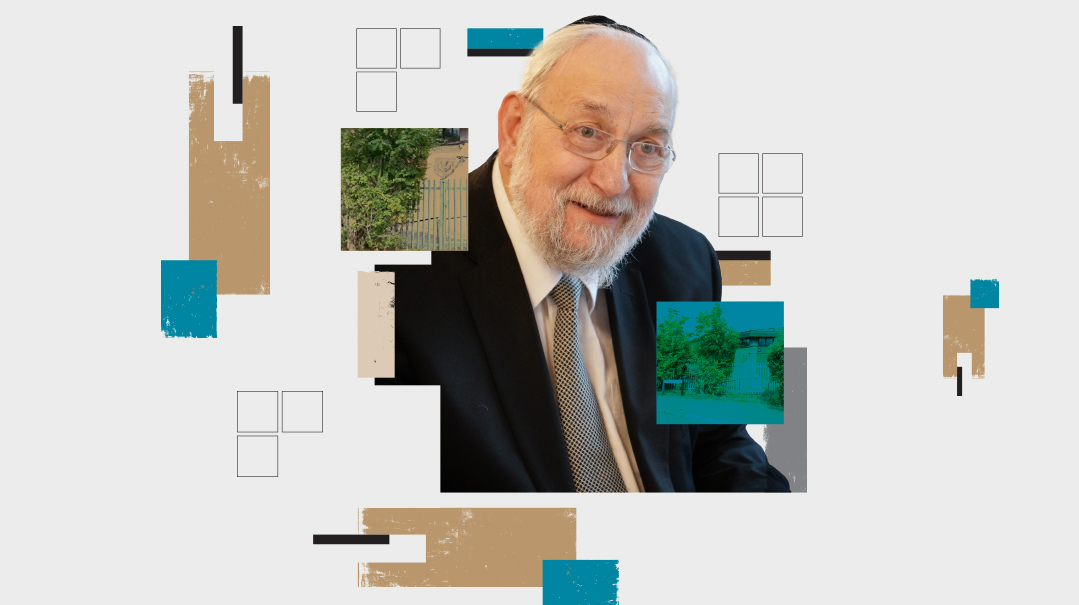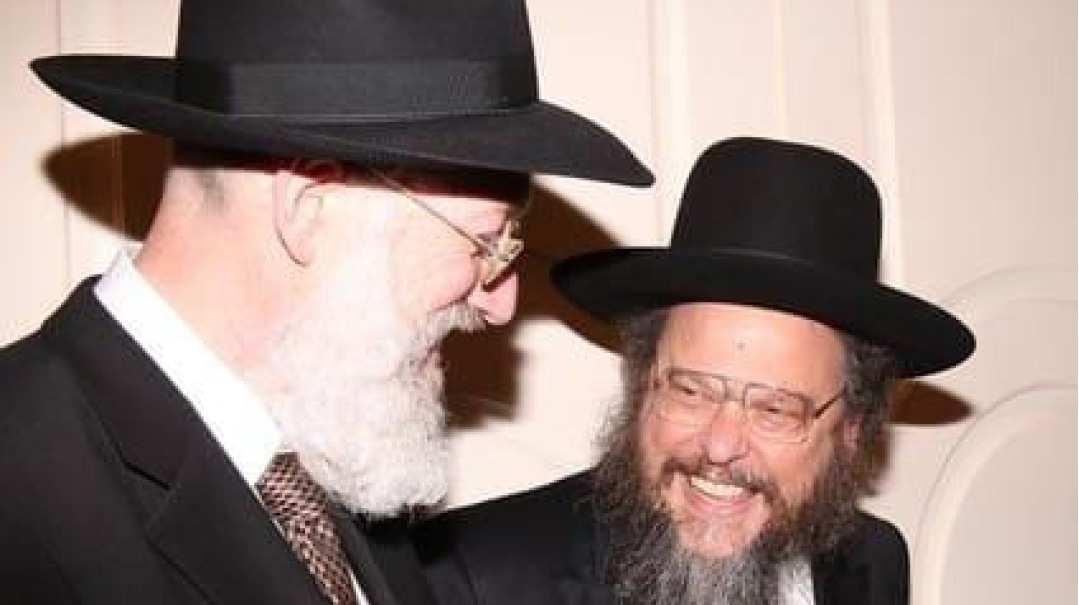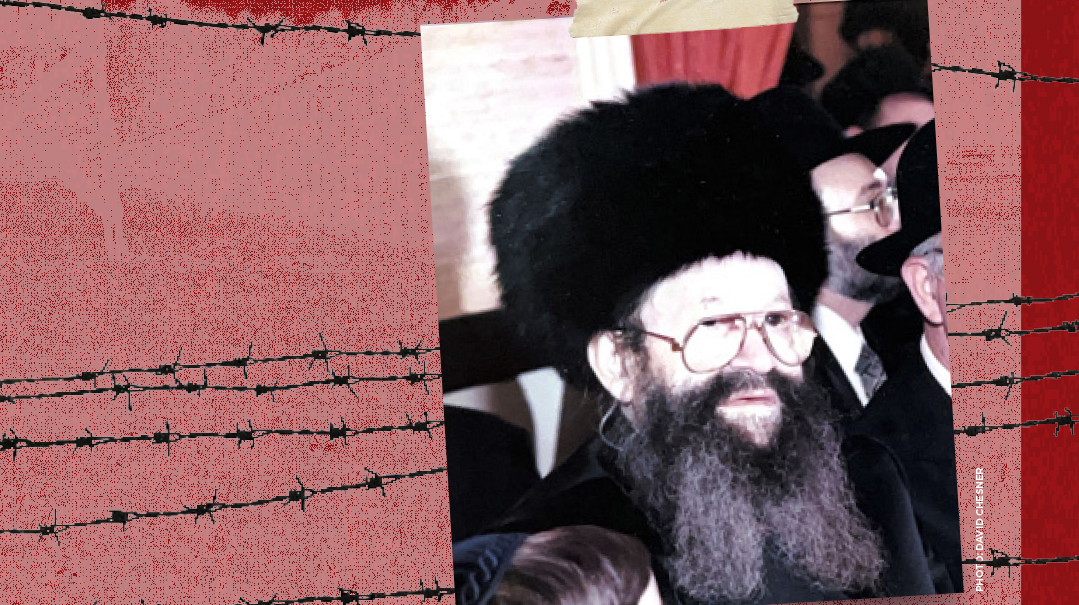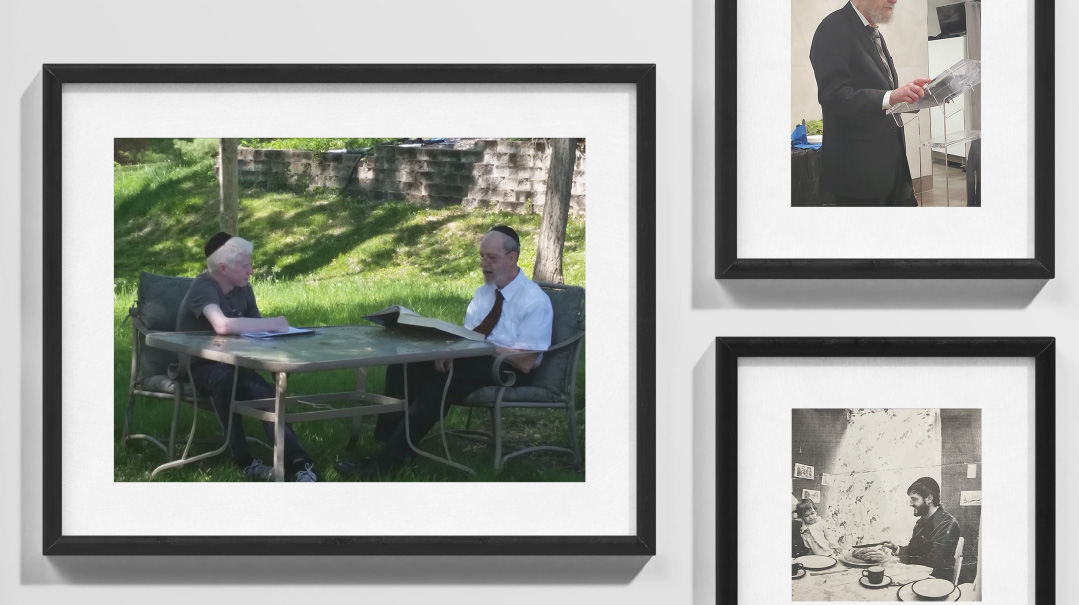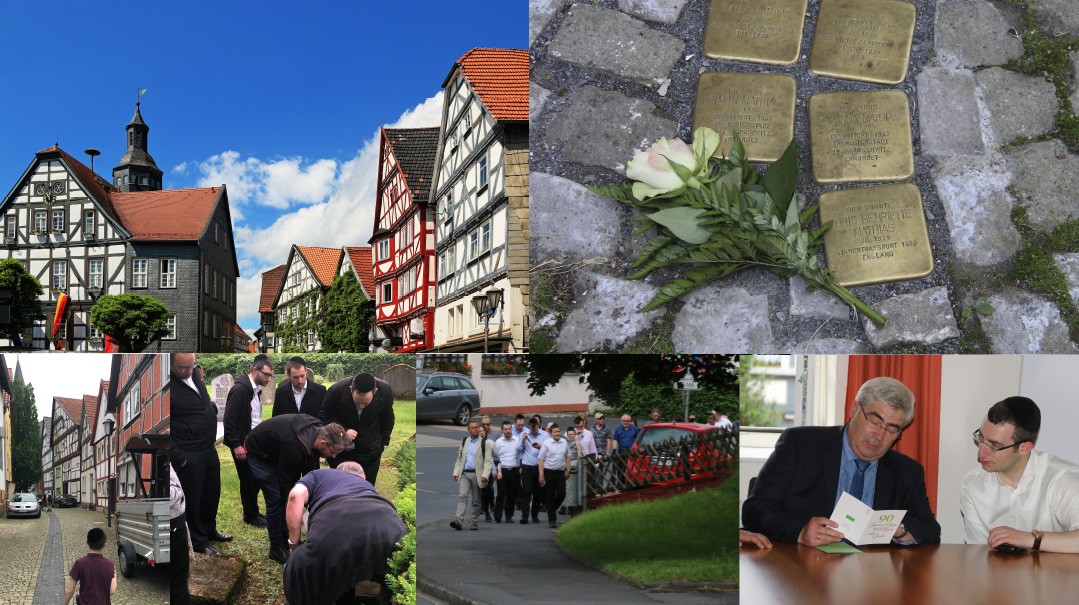The Torah is Everywhere
| September 26, 2023Their eyes met. In a single glance, his companion saw it all: the pain, the memories, the longing, the approaching end
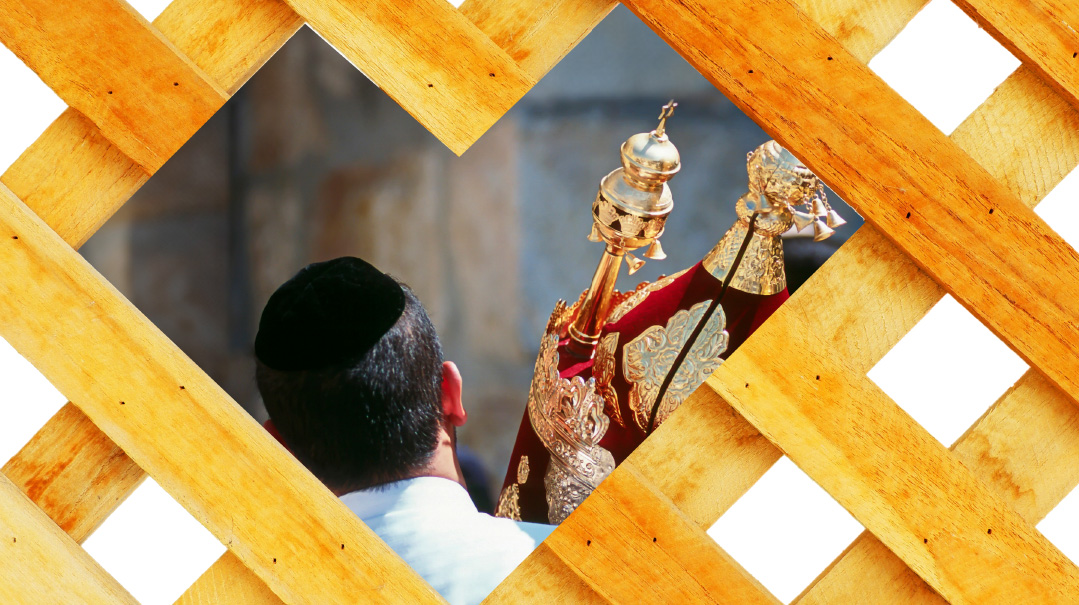
T
he oncology ward in Schneider Children’s Medical Center of Israel is at the top of the building, the closest possible to Heaven, shortening the inevitable journey. The synagogue, however, is on the first floor. But G-d is everywhere, so there is no need to take a seven-story trip down.
It was Leil Simchas Torah. In a dimly lit room lay a 26-year-old man dying from lung cancer, a skeletal body with yellowish skin and burning eyes. He was not alone; his brother-in-law was sitting by his bed. They had met in the beis medrash of their yeshivah until life threw them into a hospital room: an inseparable chavrusa against a slightly different backdrop.
Lying there on the hospital bed, nothing gave away the turmoil in his mind. As if carried on the warm October wind, the imaginary soundwaves from his yeshivah brought memories of men hugging scrolls, beads of sweat breaking on their foreheads as they danced in the stuffy, packed beis medrash. He was not there, however, not even as an invalid spectator. But the Torah is everywhere; it is not the exclusive property of the beis medrash goers. The emotions stirring in him finally found escape in a cry that echoed in the quiet room:
“Let’s dance with the Torah!”
Their eyes met. In a single glance, his companion saw it all: the pain, the memories, the longing, the approaching end. He stretched out his hand, helping his friend stand up, and with the tubes and the oxygen, they started the journey from the seventh floor down. Breathing heavily, taking small, agonized steps, it took an hour to reach the hospital’s synagogue.
Oops! We could not locate your form.

